Home>Home Appliances>Bathroom Appliances>Electric Toothbrush Stops Spinning When Brushing
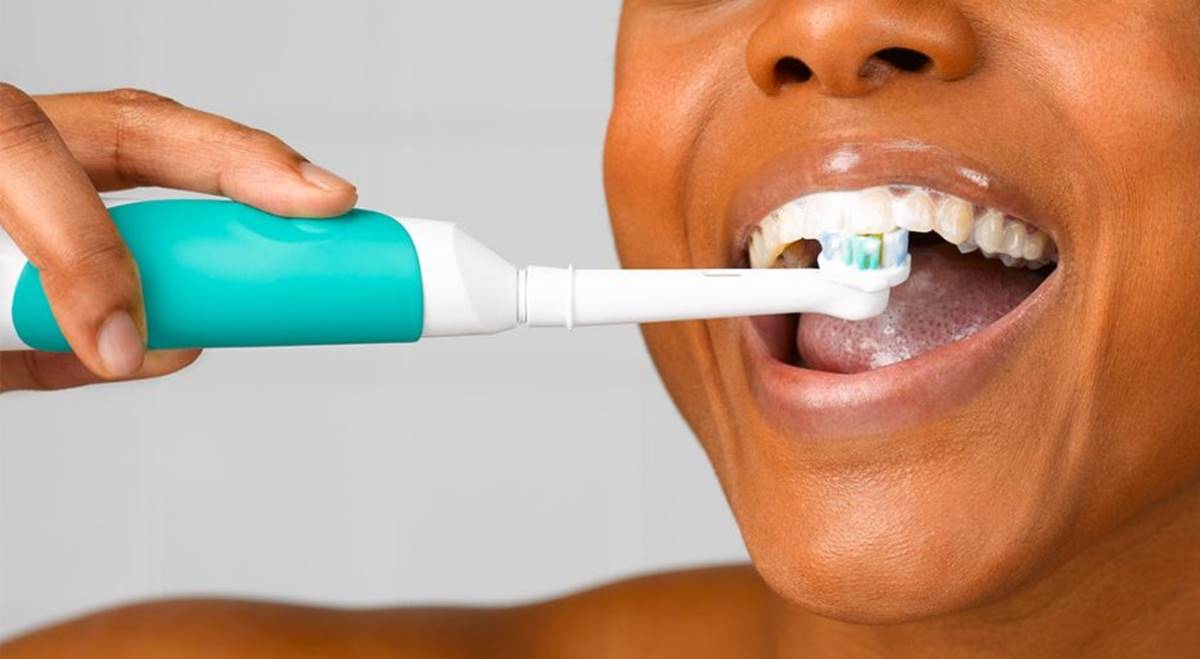

Bathroom Appliances
Electric Toothbrush Stops Spinning When Brushing
Modified: February 29, 2024
Looking for a reliable electric toothbrush? Our bathroom appliances include a model that stops spinning when brushing, for a gentle and effective clean. Discover the benefits today!
(Many of the links in this article redirect to a specific reviewed product. Your purchase of these products through affiliate links helps to generate commission for Storables.com, at no extra cost. Learn more)
**
Introduction
**
Welcome to the world of electric toothbrushes, where cutting-edge technology meets oral hygiene. Electric toothbrushes have revolutionized the way we care for our teeth, offering convenience, efficiency, and improved cleaning compared to traditional manual brushes. However, like any electronic device, electric toothbrushes may encounter issues that can perplex users. One common concern is the sudden cessation of the spinning motion while brushing, leaving users wondering what could be causing this interruption.
In this comprehensive guide, we will delve into the intricacies of electric toothbrushes, explore the potential reasons behind this issue, and provide practical troubleshooting tips to help you rectify the problem. Understanding how electric toothbrushes work, common issues that may arise, and the specific factors that can lead to the brush stopping mid-use is essential for maintaining optimal oral hygiene and maximizing the longevity of your device. So, let's embark on this enlightening journey to unravel the mystery of why your electric toothbrush stops spinning when brushing.
**
Key Takeaways:
- Don’t press too hard! Your electric toothbrush may stop spinning if you apply too much pressure. Lighten up for a smooth brushing experience.
- Keep it charged and clean! Regularly charge your toothbrush and clean the brush head to prevent interruptions in its spinning motion.
How Electric Toothbrushes Work
**
Electric toothbrushes are designed to automate the brushing process, providing a more effective and efficient way to clean your teeth compared to manual brushing. At the core of these devices is a small but powerful motor that drives the bristle movement. This motor is powered by a rechargeable battery, allowing for cordless operation and ease of use.
When you turn on an electric toothbrush, the motor generates rapid oscillating, rotating, or sonic movements, depending on the specific model. These dynamic movements create a high-frequency vibration in the bristles, enabling them to remove plaque and debris from the teeth and gum line with minimal effort from the user.
Many electric toothbrushes also feature built-in timers and pressure sensors to promote thorough and gentle brushing. Timers help users adhere to the recommended two-minute brushing duration, ensuring comprehensive cleaning, while pressure sensors alert users if they are applying excessive force, which can lead to gum irritation and enamel damage.
Furthermore, the brush heads of electric toothbrushes are designed to be easily replaceable, allowing users to maintain optimal cleaning performance by swapping out worn-out bristle heads. This feature also accommodates different brushing needs, such as sensitive teeth or gum care, by offering a variety of specialized brush head options.
Overall, the seamless integration of advanced motor technology, ergonomic design, and customizable features makes electric toothbrushes a popular choice for individuals seeking a more effective and user-friendly oral care solution.
**
Common Issues with Electric Toothbrushes
**
While electric toothbrushes offer numerous advantages, they are not immune to occasional malfunctions or operational hiccups. Understanding the common issues that may arise with these devices can help users troubleshoot problems and maintain their oral care routine without interruption.
One prevalent issue is the loss of power or diminished battery life. Over time, the rechargeable batteries in electric toothbrushes may experience reduced capacity, leading to shorter usage time between charges. Additionally, the charging mechanism or power supply may encounter faults, preventing the toothbrush from receiving an adequate charge.
Another common concern is the accumulation of debris and moisture within the internal components of the toothbrush. This can lead to performance degradation, malfunctioning buttons, or even complete device failure if not addressed promptly.
Furthermore, bristle wear and tear can occur with extended use, diminishing the cleaning efficacy of the toothbrush. Frayed or worn bristles may not effectively remove plaque and debris, necessitating the timely replacement of brush heads.
Additionally, mechanical issues such as motor failure or malfunctioning oscillation/rotation mechanisms can disrupt the normal operation of the toothbrush, resulting in irregular or halted brush movements.
Lastly, electronic glitches, such as unresponsive power buttons, erratic operation modes, or display malfunctions, may impede the user experience and require attention to restore normal functionality.
By recognizing these common issues, electric toothbrush users can proactively address potential problems and ensure that their devices continue to deliver optimal performance for maintaining oral health.
**
Check if the brush head is properly attached and not blocked by any debris. If the problem persists, try replacing the batteries or charging the toothbrush. If the issue continues, contact the manufacturer for assistance.
Reasons Why an Electric Toothbrush Stops Spinning When Brushing
**
Experiencing a sudden halt in the spinning motion of your electric toothbrush can be frustrating and perplexing. Several factors could contribute to this issue, ranging from simple user errors to more complex mechanical or electrical malfunctions.
One common reason for the brush’s interruption is excessive pressure applied during brushing. Many modern electric toothbrushes are equipped with pressure sensors designed to detect when the user is pressing too hard against their teeth and gums. When excessive force is detected, the brush may momentarily pause or reduce its spinning speed to prevent potential gum damage. If you notice the brush stopping during use, try applying lighter pressure and allowing the device to resume its normal operation.
Another potential cause is a depleted battery. If the battery charge is low, the motor may not have sufficient power to sustain the spinning action, leading to intermittent or halted brush movements. Ensuring that the toothbrush is adequately charged before each use can mitigate this issue.
Furthermore, blockages or obstructions within the brush head or motor assembly can impede the free movement of the bristles, causing the brush to stop spinning. Inspecting the brush head for any trapped debris or blockages and cleaning the internal components can help restore normal functionality.
In some cases, mechanical wear and tear, such as damaged gears or worn-out motor components, can lead to irregular or halted brush movements. These issues may require professional servicing or replacement parts to rectify the underlying mechanical faults.
Additionally, electronic glitches, such as software malfunctions or sensor errors, can disrupt the normal operation of the toothbrush, resulting in unexpected pauses or cessation of the spinning motion. Resetting the device or seeking technical support from the manufacturer may be necessary to address these electronic issues.
By understanding the potential reasons behind an electric toothbrush’s intermittent spinning or sudden stoppage, users can take proactive measures to troubleshoot and resolve the issue, ensuring uninterrupted and effective oral care.
**
Troubleshooting and Solutions
**
When faced with the frustrating scenario of your electric toothbrush stopping its spinning motion during use, employing effective troubleshooting strategies can help identify and resolve the underlying issues. Here are practical solutions to address common causes of interrupted brush movements:
- Adjust Brushing Pressure: If the brush stops due to excessive pressure, consciously lighten your brushing force to allow the pressure sensors to detect a more suitable level of contact with your teeth and gums. This adjustment can prevent the brush from pausing unnecessarily.
- Ensure Adequate Battery Charge: Regularly charge your electric toothbrush to maintain optimal battery levels. A depleted battery can lead to intermittent or halted brush movements, so keeping the device charged ensures consistent performance.
- Inspect and Clean the Brush Head: Check the brush head for any trapped debris or blockages that may impede the bristle movement. Thoroughly clean the brush head and internal components to remove any obstructions, allowing the brush to spin freely.
- Replace Worn Brush Heads: If the bristles show signs of wear or damage, promptly replace the brush head with a new one. Fresh brush heads ensure effective plaque removal and prevent irregular brush movements caused by worn-out bristles.
- Address Mechanical Issues: If the brush’s spinning motion is consistently interrupted, mechanical issues such as damaged gears or motor components may be the cause. Contact the manufacturer for servicing or replacement parts to rectify these mechanical faults.
- Reset the Toothbrush: Some electronic glitches can be resolved by resetting the toothbrush to its default settings. Refer to the user manual for instructions on how to perform a reset, which may restore normal operation.
- Seek Manufacturer Support: If troubleshooting efforts prove ineffective or if the issue persists, contact the manufacturer’s customer support for expert guidance and potential warranty-related solutions. Technical assistance from the manufacturer can help address complex electronic or mechanical issues.
By implementing these troubleshooting techniques and solutions, users can effectively address the reasons behind their electric toothbrush’s interrupted spinning motion, ensuring consistent and reliable performance for their oral care routine.
**
Conclusion
**
Electric toothbrushes have undoubtedly transformed the landscape of oral care, offering a blend of cutting-edge technology and user-friendly design to elevate the brushing experience. However, encountering issues such as the sudden stoppage of the brush’s spinning motion can be disconcerting for users. By gaining insight into the inner workings of electric toothbrushes and the potential reasons behind this issue, individuals can navigate troubleshooting strategies and maintain the optimal functionality of their devices.
From pressure-sensitive mechanisms to battery management and mechanical integrity, various factors can contribute to the interruption of an electric toothbrush’s spinning motion during use. By adjusting brushing techniques, ensuring adequate battery charge, and promptly addressing mechanical or electronic anomalies, users can mitigate these issues and enjoy uninterrupted, effective brushing sessions.
As with any electronic device, regular maintenance, timely replacements of consumable components, and adherence to manufacturer guidelines are crucial for maximizing the longevity and performance of electric toothbrushes. By incorporating these best practices into their oral care routine, individuals can harness the full potential of their electric toothbrushes, promoting superior plaque removal, gum health, and overall oral hygiene.
In conclusion, understanding the intricacies of electric toothbrush operation, recognizing common issues, and implementing targeted troubleshooting solutions empowers users to overcome challenges such as interrupted spinning motion, ensuring a seamless and rewarding brushing experience. With a blend of technological prowess and user awareness, electric toothbrushes continue to revolutionize oral care, offering a pathway to enhanced dental health and hygiene.
Frequently Asked Questions about Electric Toothbrush Stops Spinning When Brushing
Was this page helpful?
At Storables.com, we guarantee accurate and reliable information. Our content, validated by Expert Board Contributors, is crafted following stringent Editorial Policies. We're committed to providing you with well-researched, expert-backed insights for all your informational needs.
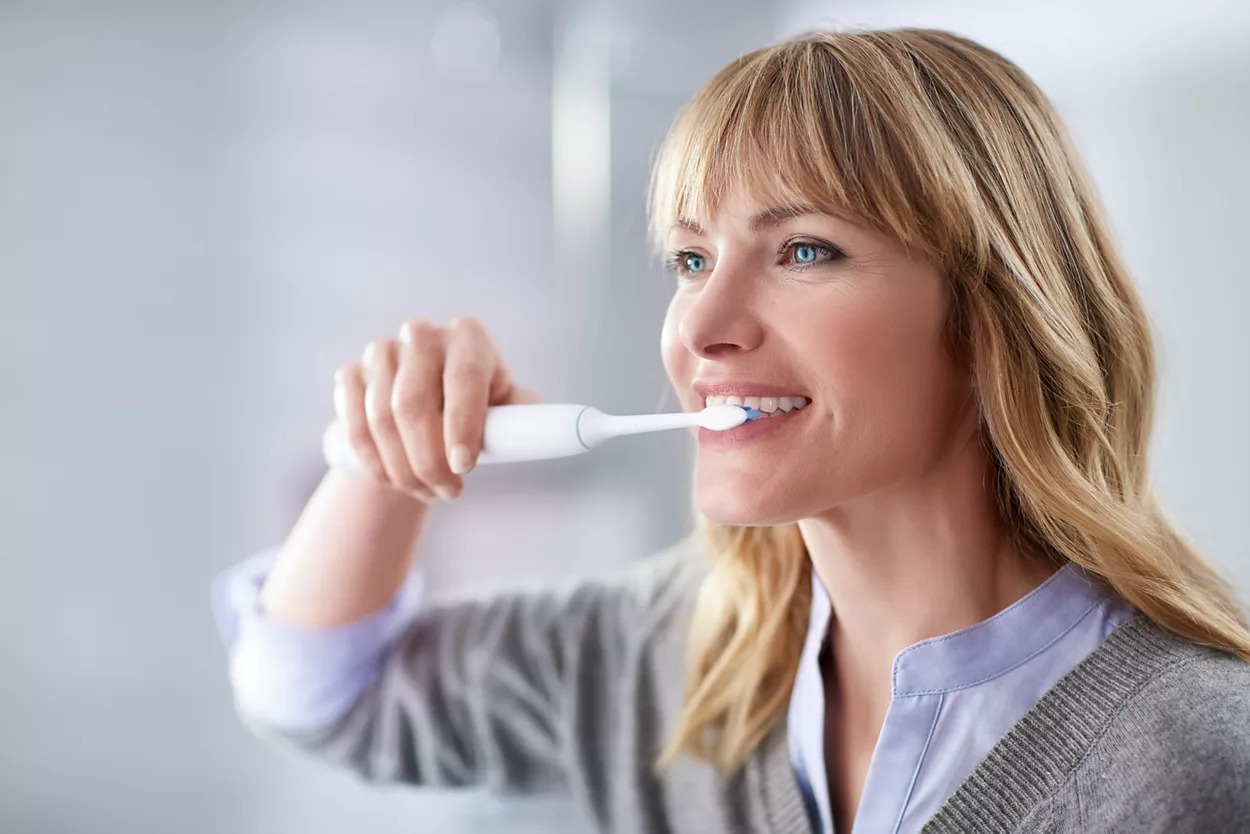
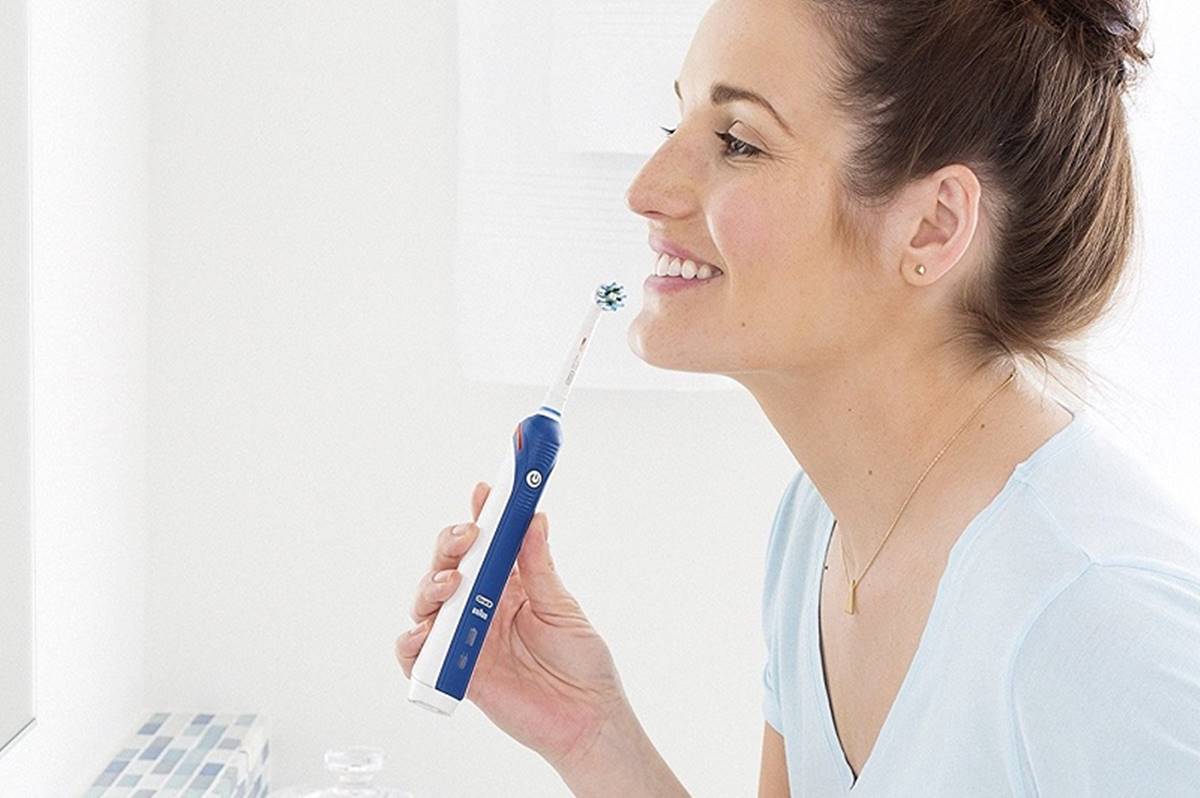
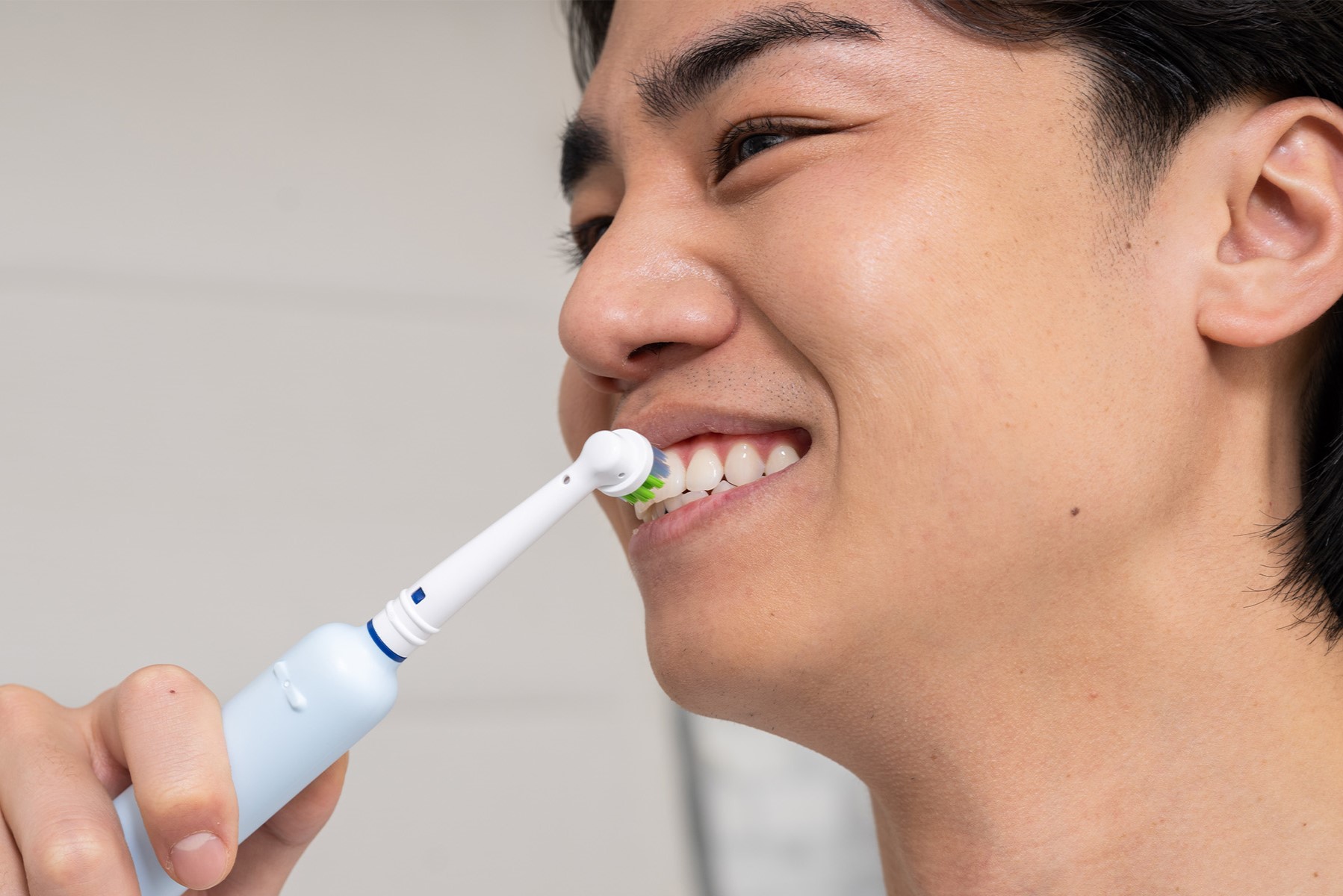
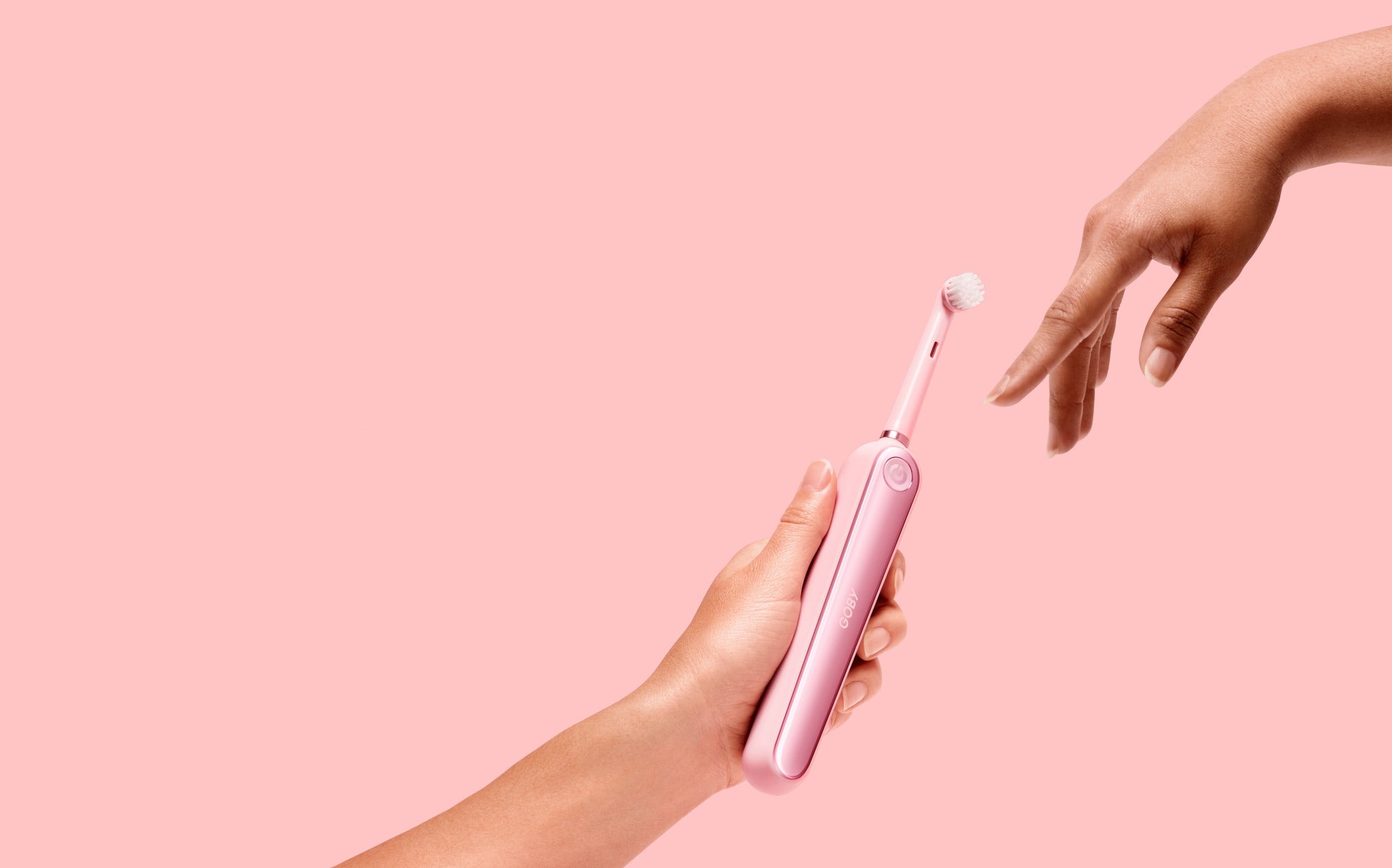
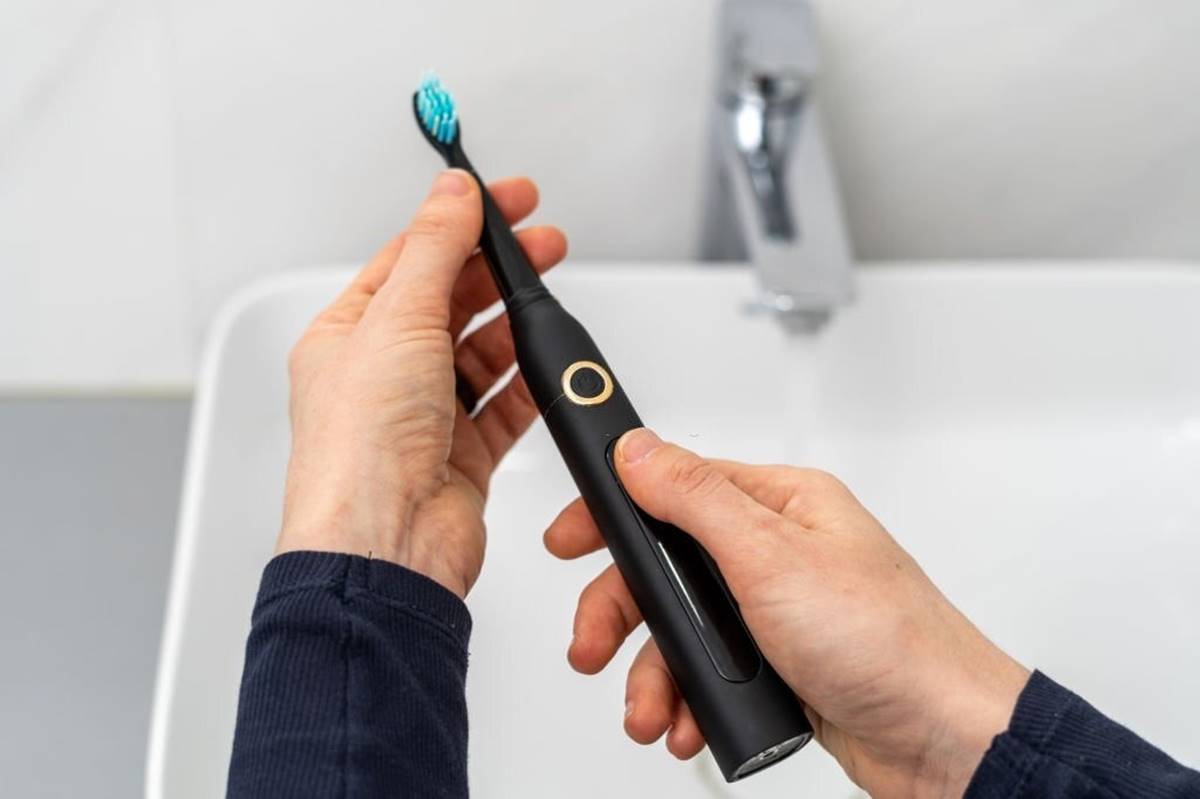
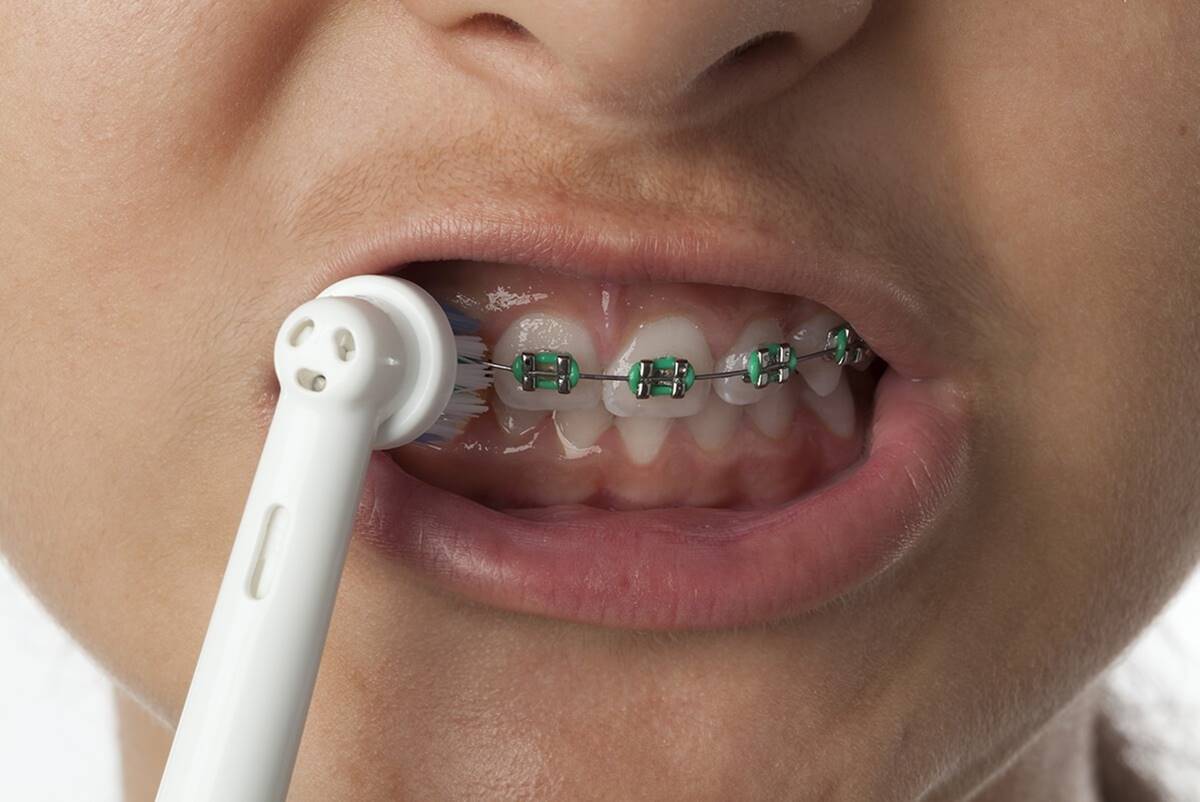
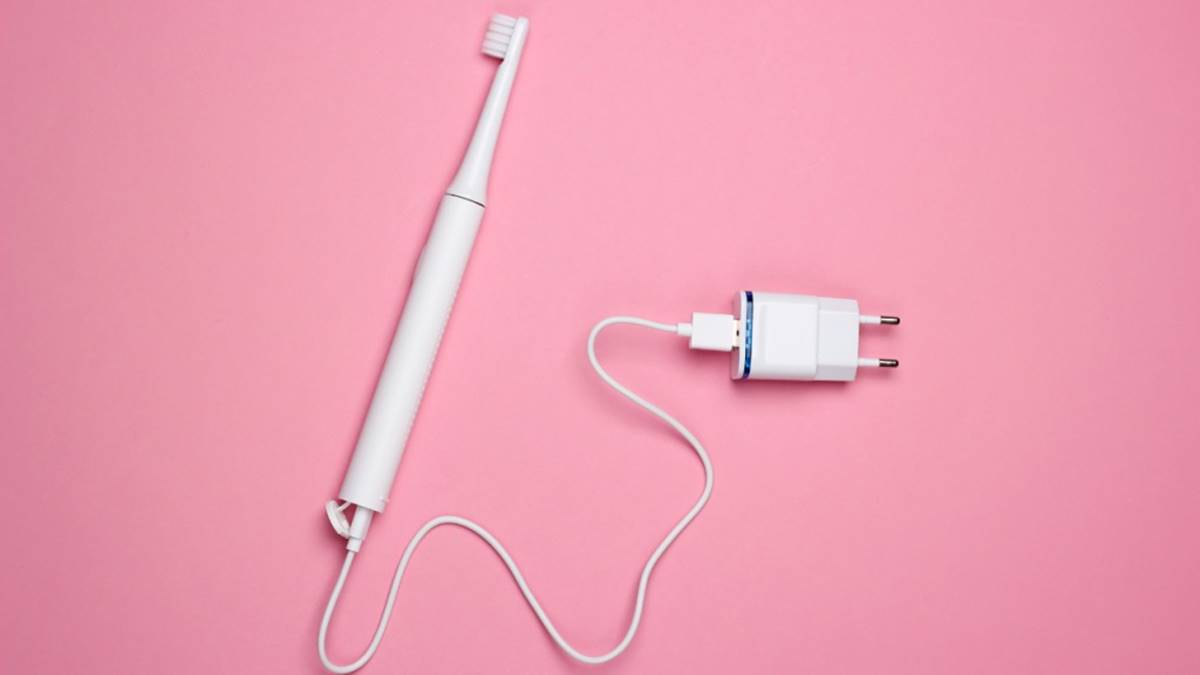
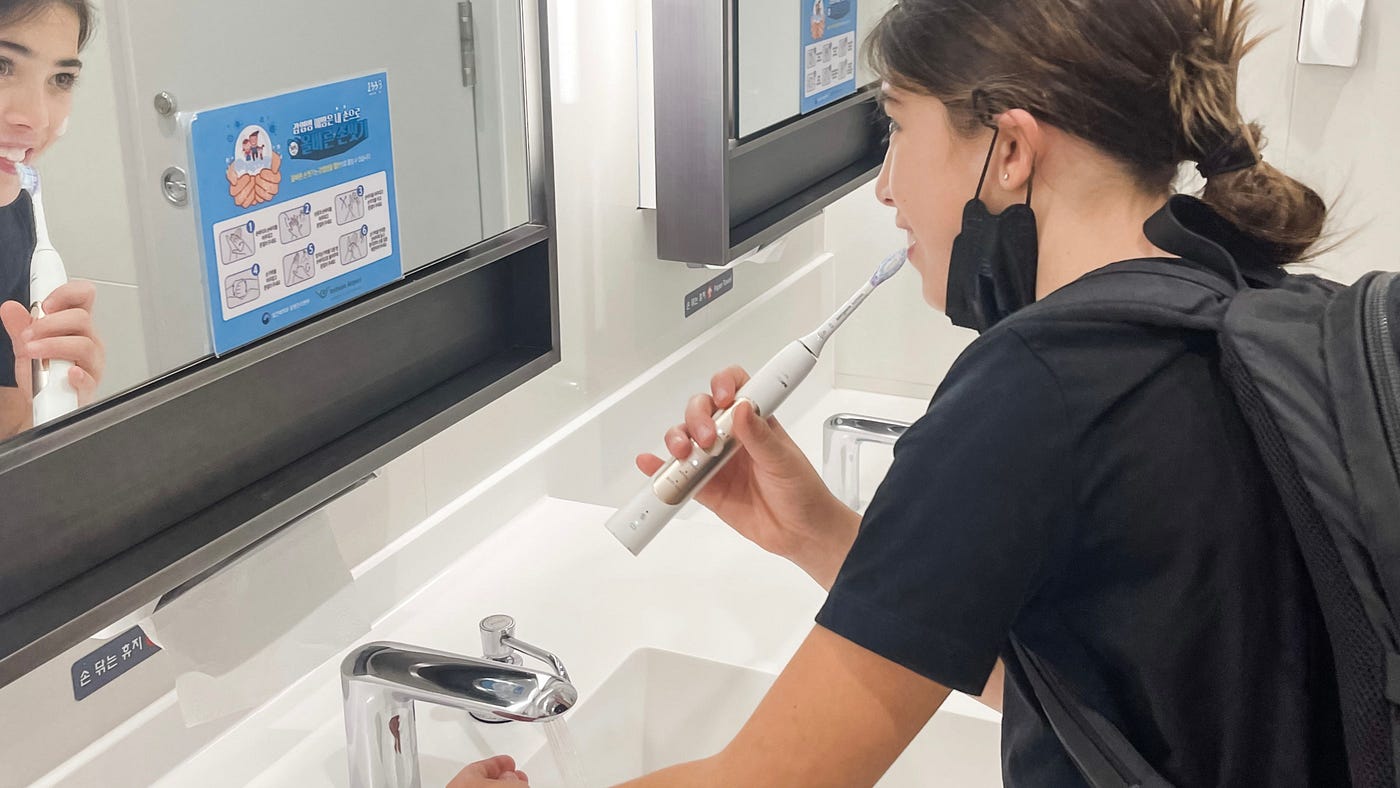
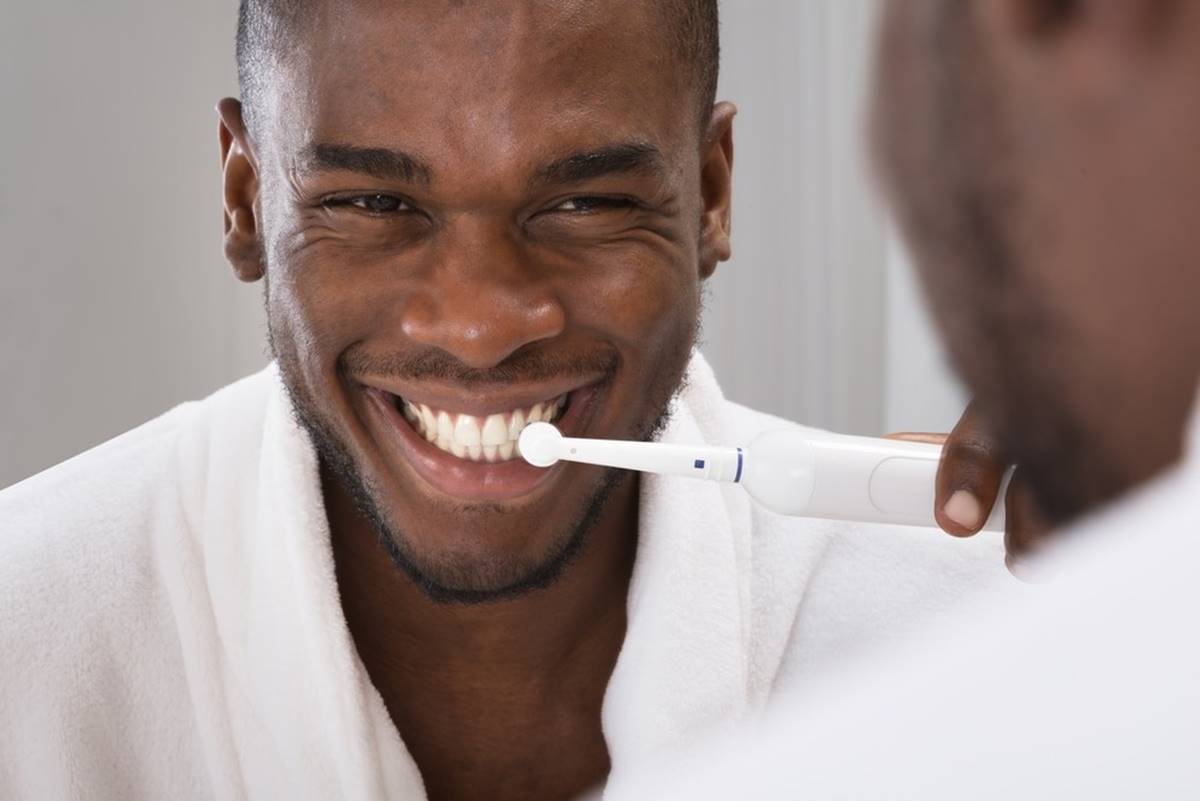
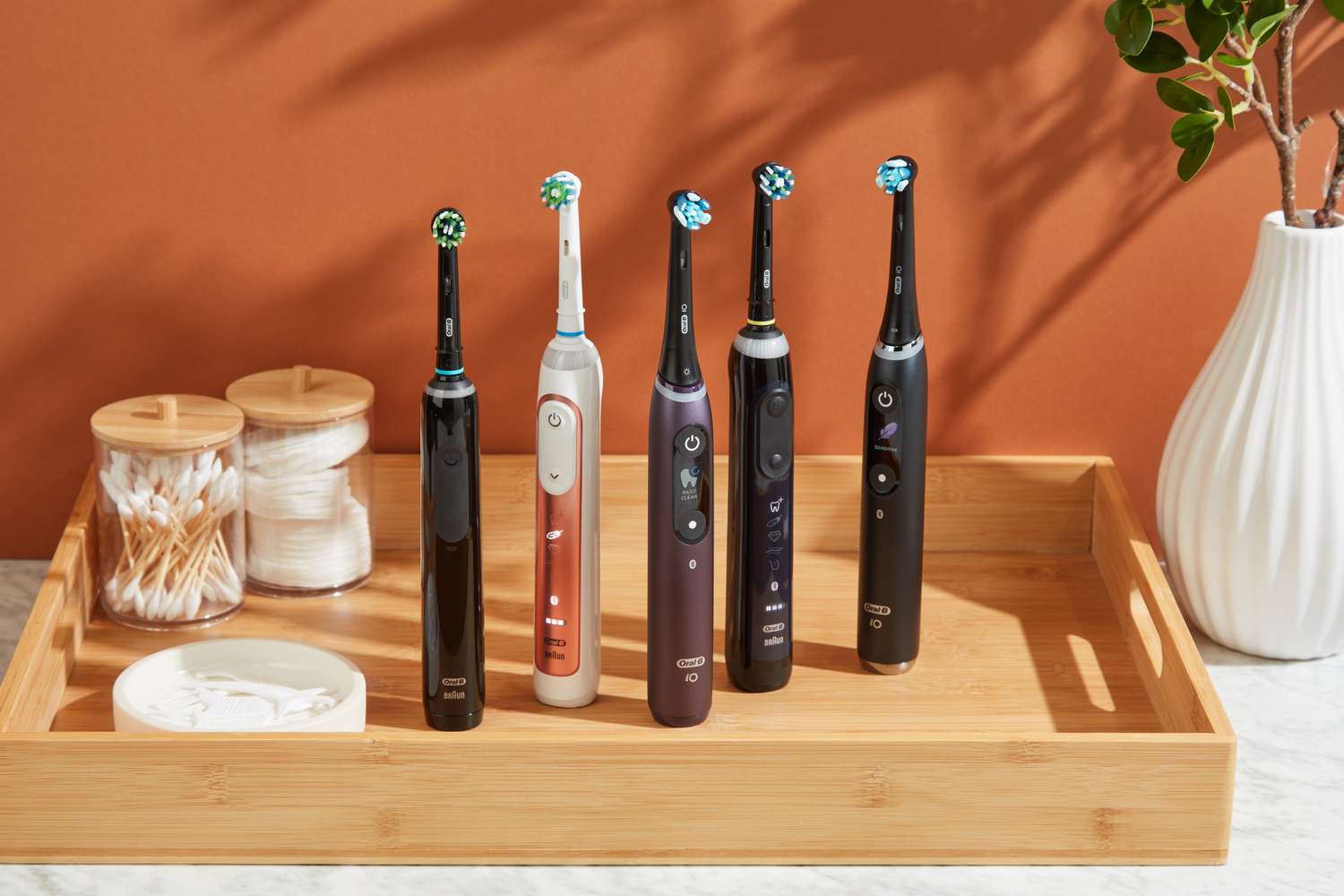
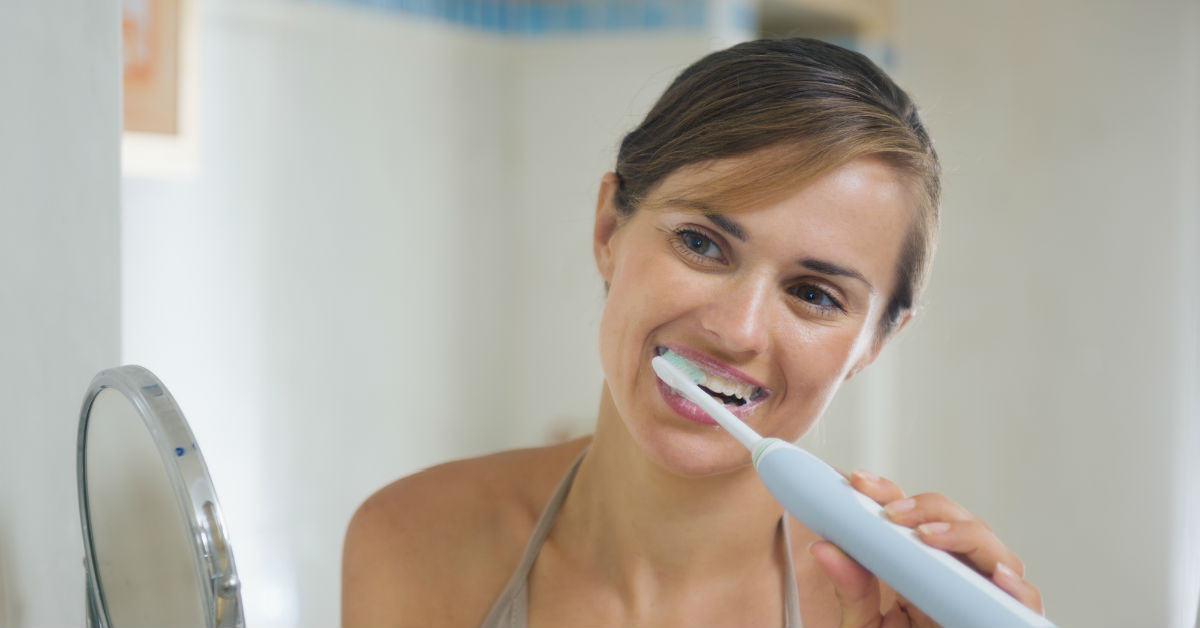
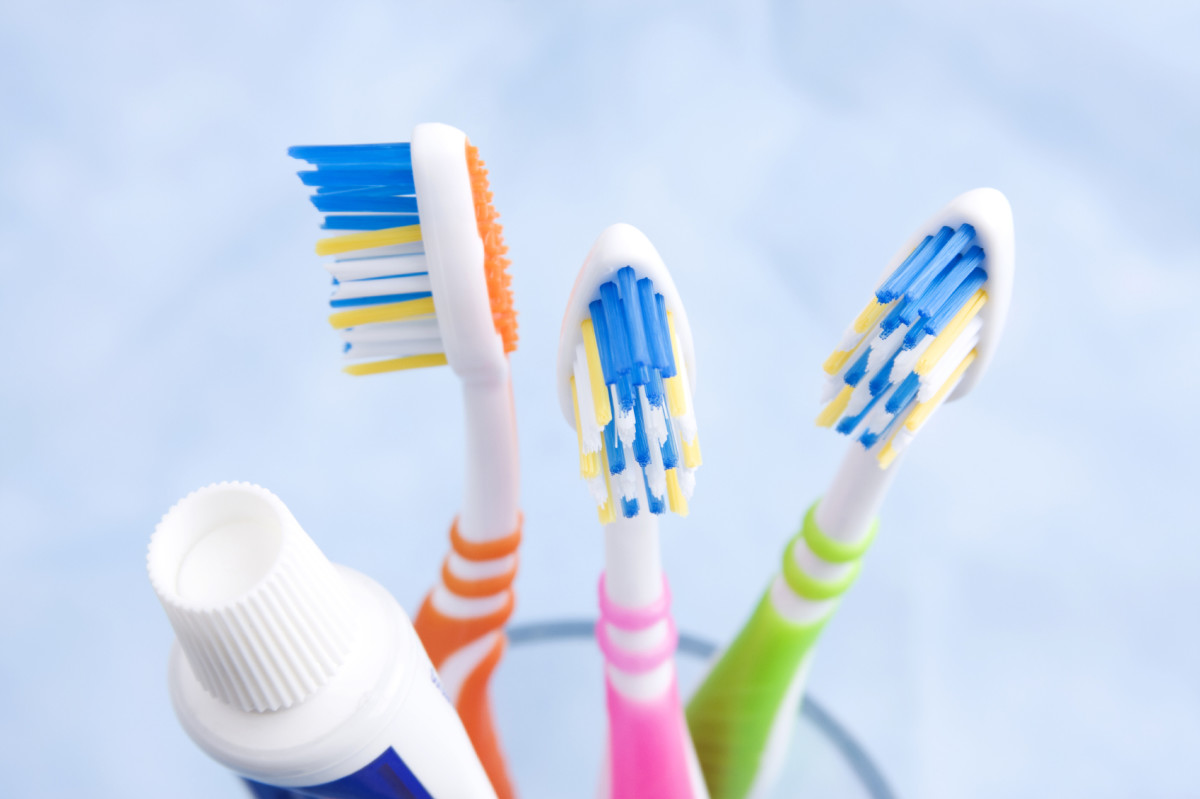
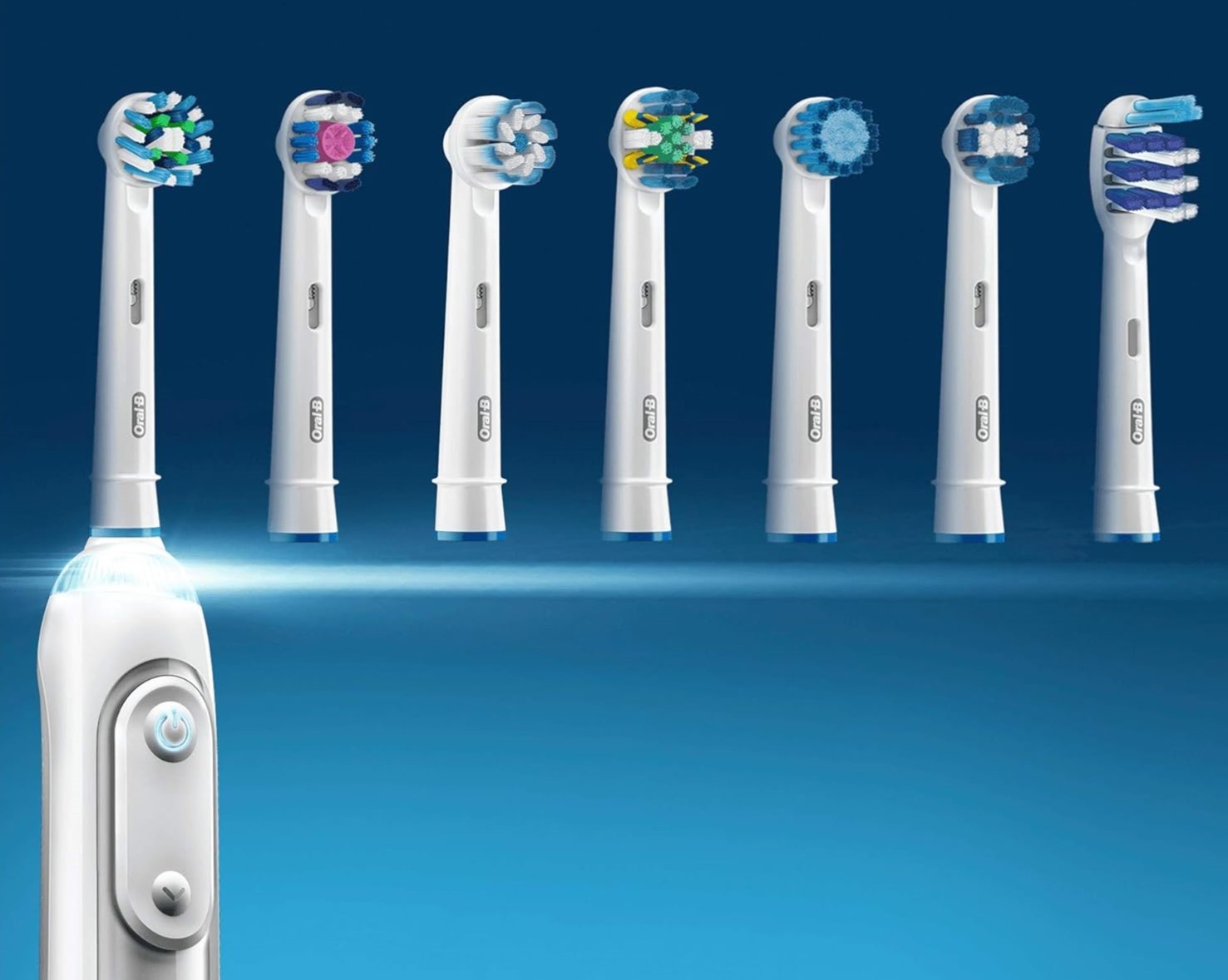


0 thoughts on “Electric Toothbrush Stops Spinning When Brushing”